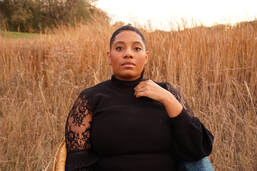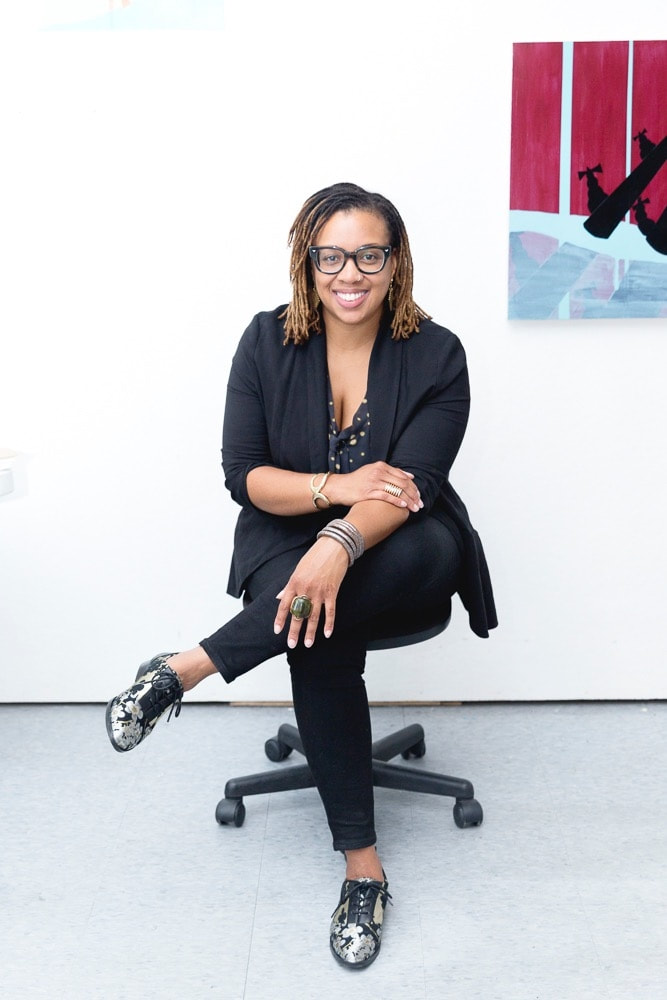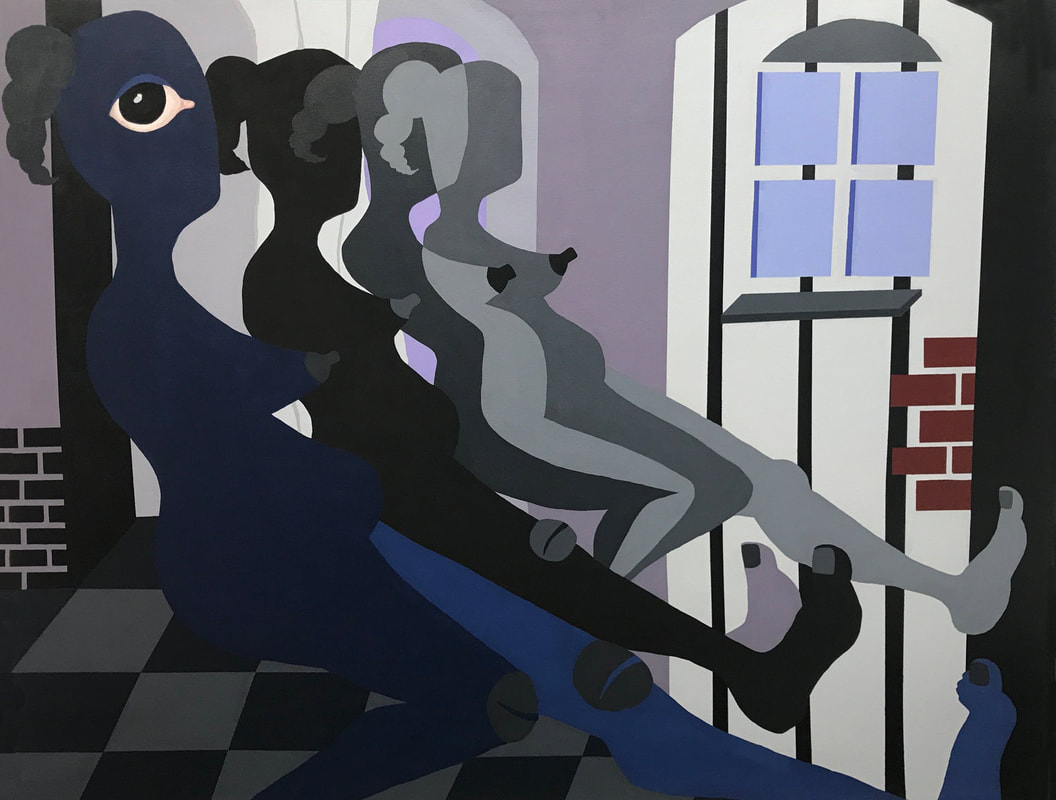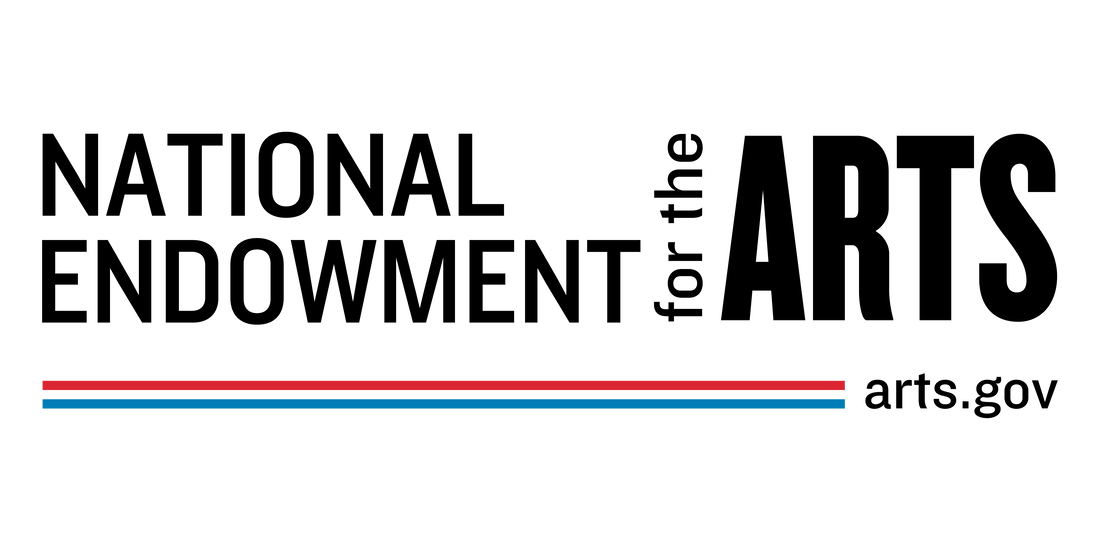|
by Liz Gre Hey BIBA readers! I’m so excited to be a new contributor to this blog! It seems to me that collaboration between visual artists and sound artists is taking over the landscape in the art world as a whole. While the environment can still feel quite separate (painters here, singers there, composers somewhere in a dark corner yelling at Sibelius…no shade…) artists are incorporating "multi-sensory" in new and exciting ways. This is not a new concept. Multidisciplinary artists from Maren Hassinger to Sanford Biggers have dissipated any sense of barrier between their installation work and their performance. I’m particularly intrigued with how multiple artists come together to create collaborative multi-disciplinary work that honors the practices of all artists involved. From the beginning, Black artists of all disciplines have stretched our imaginations with exciting, feeling-forward, sometimes tough, and critical works. So for my first BIBA series, I’m focusing on connections that have been forged between visual artists and sound artists (of all leanings). First up - Alexandria Smith! In 2019, I was commissioned by Visual Artist Alexandria Smith to collaborate on an installation at Queens Museum (NY). Alexandria has had a stellar rise in the last 3 years, with shows of her work in all corners of the United States, London, the Netherlands, and Italy. She is the recipient of numerous awards and residencies, including most recently the Queens Museum | Jerome Foundation Fellowship; MacDowell, Bemis, Yaddo and LMCC Process Space residencies; a Pollock-Krasner Grant, the Skowhegan School of Painting and Sculpture Fellowship, the Virginia A. Myers Fellowship at the University of Iowa, and the Fine Arts Work Center Fellowship from 2013 - 2015. Her recent exhibitions include a forthcoming solo exhibition at the Queens Museum; the first annual Wanda D. Ewing Commission and solo exhibit at The Union for Contemporary Art in Omaha, NE; a traveling group exhibition called “Black Pulp” at Yale University, International Print Center NY (IPCNY), USF and Wesleyan University, and a commission for the Schomburg Center for Research in Black Culture. Her work is currently included in "The Lure of the Dark: Contemporary Painters Conjure the Night" at Mass MoCA. BIBA : Your practice has taken a journey from illustration to installation. If you could, describe how external influences have impacted your practice. AS : Initially, I wanted to be an animator and comic book artist, which then lead to illustration, all of which are dependent on audience engagement. It seemed like a natural progression for my practice to evolve into painting and then installation. My engagement and eventually audience engagement became integral to my practice. A lot of the visual artists and musicians that inspired me early on in my artistic development such as Kara Walker, Wangechi Mutu, Janet Jackson, and Traci Chapman had an investment in the audience that moved me to desire the same in my work. BIBA : It seems that you take a liking to storytelling. What were the stories/fables/folktales that have shaped your growing? AS : Parallel to my desire to be a visual artist was also a strong interest in fiction writing. I was always an avid reader, especially of the magical realism genre, fantasy stories, and fables, specifically Aesop’s Fables, African/Southern Black folk tales, and later Toni Morrison novels were instrumental in my artistic development. I was fascinated by the ability of writers to provide insight to parallel worlds within these stories. Our reality was simultaneously happening alongside this fantasy world of absurdity. BIBA : How do you think Black music has shaped your artistry? AS : Black music provided me with the tools to understand how to emotionally and psychologically move an audience and tap into their innermost desires and feelings. This is something that I strive for in my own work, which is probably why I have moved towards more immersive ways of working. There’s something sensorial that you experience when you listen to music that cannot be replicated with visual art. I believe that’s the reason why creating has become so collaborative and interdisciplinary. BIBA : You recently collaborated with me (:-D) to create an installation for Queens Museum, Monuments to an Effigy. What led you to include experimental new music with your installation? AS : I have always wanted to collaborate with a musician and this exhibit in particular desperately needed to include all sensorial elements. I wanted visitors to the museum to be captivated by the sound first, and then feel its visual impact. Another personal reason, which I rarely share is that my dad is blind and has been for the past 10 yrs. It has been frustrating for me as a visual artist to share my work with the world when my father can’t actually see it. My knowledge and love of music has come from him, and it was important for me to bring that inspiration directly into my practice. I would wake up every Sunday to music blasting from his extensive collection of records which he would play all day long. It is a tradition that I carry on today in my own home. In many ways, I partly wanted to pay homage to my dad by creating an exhibition that he didn’t have to see in order to feel. Bringing him into the space and allowing him to touch the walls, feel the sculptures and hear the music was an incredibly moving experience for both of us. The music was my way of connecting with him, with you, and our ancestors. It was my way of providing access in all its forms, which has become important for me to continue in my work moving forward. BIBA : If you could collaborate with any musician, alive or ancestor, who would you work with and why? AS : I would collaborate with Prince. Prince’s ability to move through styles of music-making and performing, captivate a crowd and still maintain autonomy and freedom within an industry that historically has eaten up and spit out Black musicians is what I strive to achieve in my own practice as a visual artist. I truly believe that if Prince had decided to collaborate with a visual artist, it would have yielded an innovative and unique approach to creating unlike anything that we have experienced. The Incognegroes 60 x 72 in acrylic, oil and enamel on canvas 2018 courtesy of the artist To learn more about Alexandria Smith, please visit her website at www.alexandriasmith.com and follow her on Instagram: @alexandriasmithstudio  (photo by Sarah White/Fotos for Barcelona) Liz is a composer and vocalist writing strange, experimental, ethnographic compositions with Black Women for Black Women. In 2017, she performed the title role in Mother King, an opera about Alberta Williams King (the mother of Dr. Martin Luther King, Jr.). She was a 2019 Inside/Outisde Fellow at The Union for Contemporary Art (Omaha, NE). Currently located in London, UK, she is working towards her MPhil/PhD in Music at City, University of London. Social Media : IG/Twitter - @lizgrelizgre
1 Comment
Doris Lassiter
8/24/2020 10:50:56 pm
Interesting perspective of sound and sight.
Reply
Leave a Reply. |
Details
Writings, musings, photos, links, and videos about Black Artistry of ALL varieties!
Feel free to drop a comment or suggestion for posts! Archives
May 2024
|
Member Login
Black concert series and educational programs in Boston and beyond



 RSS Feed
RSS Feed










